Many of the aircraft of the world’s airlines are approaching middle-age, and like many middle-aged things, time makes some “tweaks” and repairs necessary. However, even as components wear out, economics drive a desire for extended use, or “life cycles.” These needs create a challenging problem for airlines to solve safely.
How can one continue operating aging equipment? What about the overarching need for reliability in safety-critical parts? New components typically replace these same parts during significant overhauls.
VRC Metal Systems has developed cold spray technology systems for industrial applications, including large-scale aerospace applications. Contact VRC Metal Systems today to see how your business can benefit from its aerospace repairs.
What Is Cold Spray Technology?
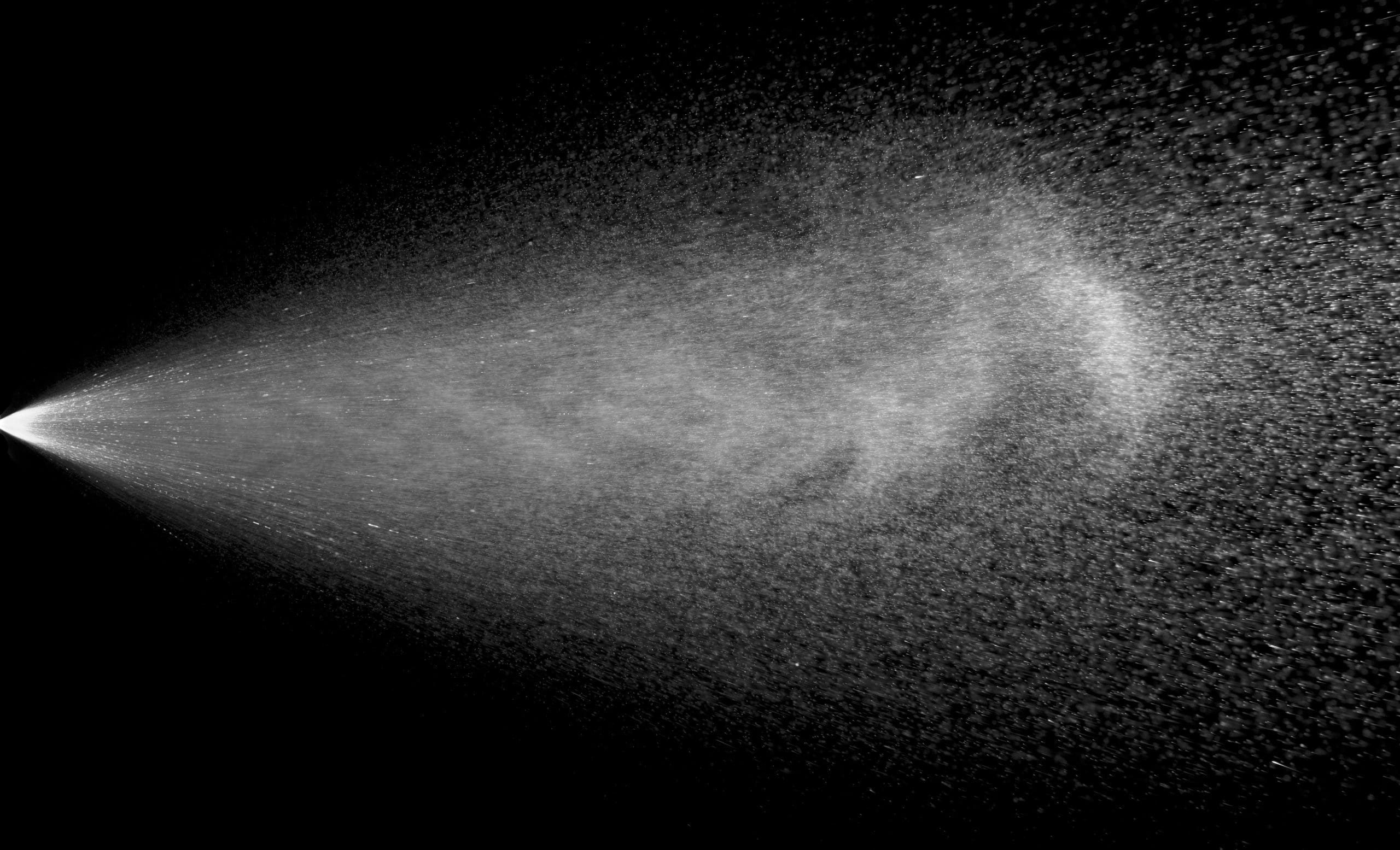
Cold spray technology, also known as “3D painting,” is a material-deposition process. It involves a high-pressure spraying process.
Metal particles of diameters between 10 and 50 microns, similar to the thickness of human hair strands, are shot at high velocity onto a substrate. It is done by using a heated high-velocity gas stream.
Heated gas (typically helium or nitrogen) is pushed through a supersonic nozzle which accelerates the gas to several times the speed of sound. Simultaneously, metal particles are fed into the stream, so they are also heated and sped up to supersonic velocities, from 500 to 1000 meters per second, or 1100 to 2200 mph.
How can this process still be considered “cold” since the stream is heated? The process occurs at a temperature significantly below the melting point of the particles or the substrate. It also is a lot colder than other thermal spray processes.
When the stream hits the substrate, there is sufficient kinetic energy to form a bond with the substrate. Parts are repaired without the need for cutting and joining. These repairs will also not disturb the mechanical or metallurgical properties of the base material.
This additive manufacturing process builds up and repairs the surface of the metal part. It does this without creating a heat-affected zone that would occur during welding or high-temperature thermal spray.
The cold spray process is a cost-effective, environmentally acceptable technology providing surface protection. It is also a method for restoring components that would have typically been removed from service. The cold spray process essentially restores the part to its original blueprint dimension.
Addressing Challenges In The Aerospace Repair Industry
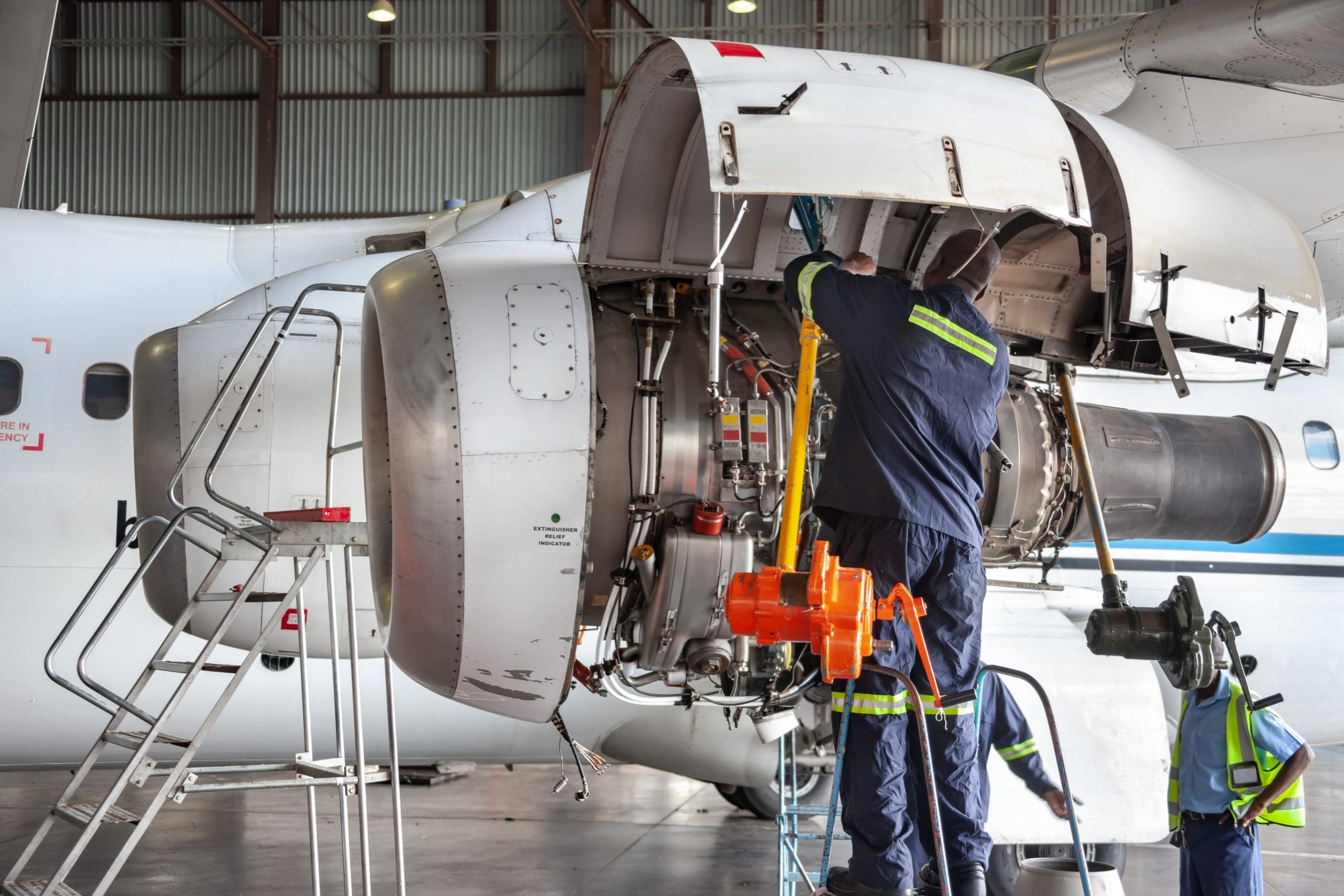
Aging Aircraft Fleets
Especially in today’s economic climate, aerospace companies increasingly seek to update existing air fleets rather than purchase new craft. Needing to continue operating aging aircraft safely requires more reliable and financial life-extending strategies. Repairing rather than replacing critical parts is much more environmentally friendly and less costly.
Corroded Metal Alloy Components
Despite the more common use of composites in newly built aircraft, metal alloys are still of enormous importance.
The aerospace industry makes extensive use of aluminum, magnesium, and titanium alloy components. Cold spray repairs aircraft components, such as rotors, blades, shafts, propellers, and gearboxes.
The aerospace industry’s continuing reliance on metal parts means metal alloys are sure to remain of critical importance in the aerospace industry for the foreseeable future.
Many of these components couldn’t be reclaimed until recently because no technology could restore them adequately for service.
Overcoming These Challenges In The Aerospace Industry
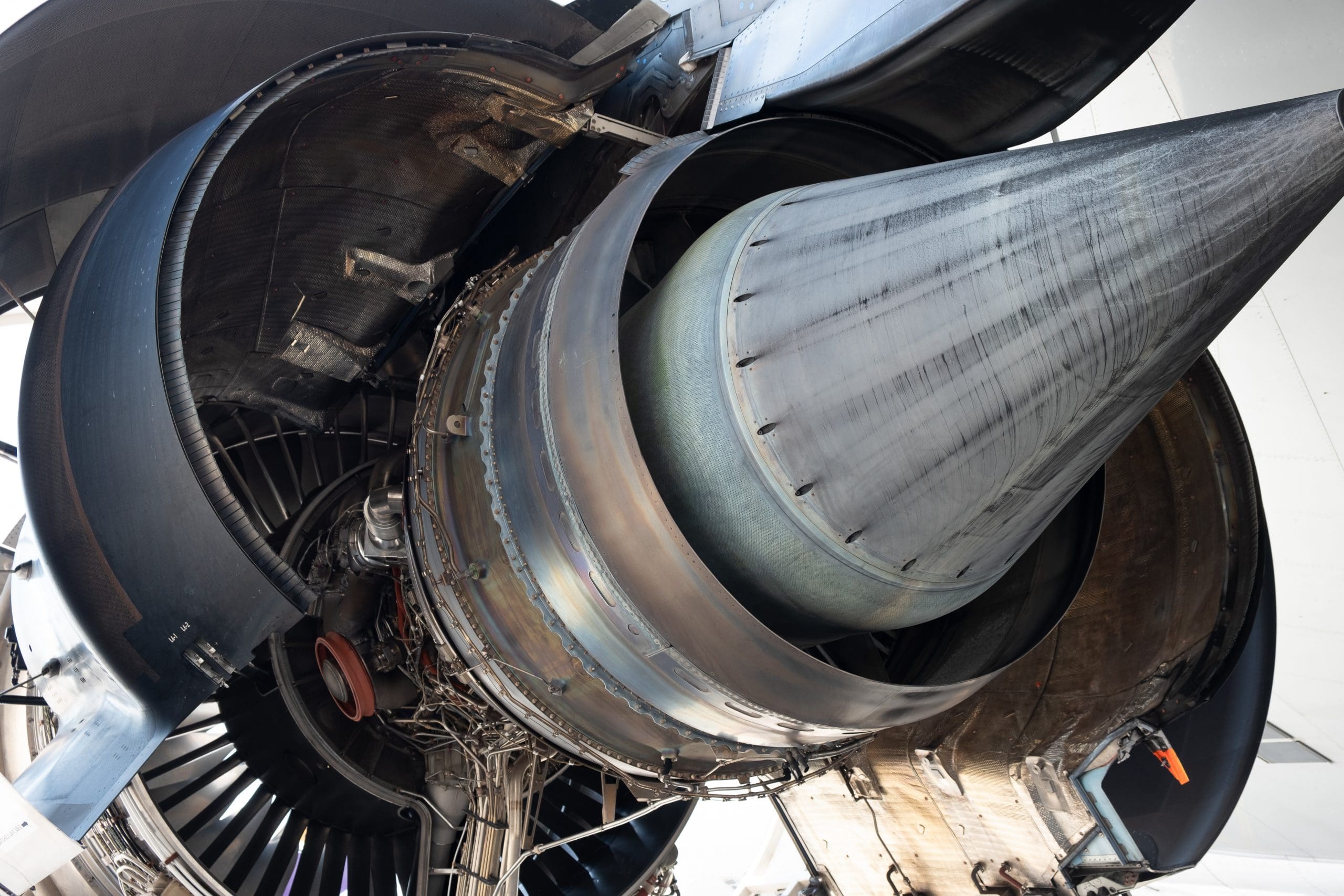
How can the challenges of aging aircraft fleets and corroded metal alloy components be overcome? The development of an environmentally sound, relatively inexpensive, reliable, and safe repair technology is the answer.
Cold spray technology is literally “reshaping” repair strategies
The cold spray process provides a significant return on investment. This process increases in-service life and offers the ability to reclaim precious components.
Cold spray technology can restore parts using similar materials to the substrate. This technology enables the repairs to blend in and mirror the properties of the original component.
Not only is this pleasing aesthetically, but it also extends the lifespan of the part by years, ultimately providing improved customer value. If desired, more corrosion- or wear-resistant material can also be used, increasing the repair intervals.
Cold spray technology offers several advantages over other coating systems and deposition processes
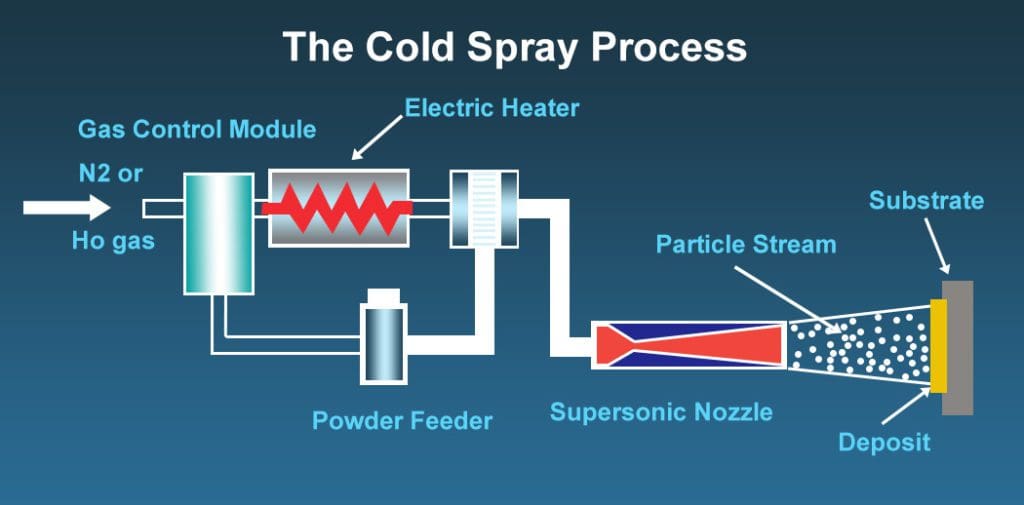
The problem here lies in the types of alloys used in the aerospace industry. Magnesium, aluminum, and titanium alloys are subject to high levels of sensitivity to elevated temperatures. They are also sensitive to oxidation and the effects of heating and cooling the material quickly.
Cold spray does not require as much heat, as welding, for example. It allows a repaired part to be restored very close to its original condition. Since it operates below most metals’ melting point, there is very little concern for heat-affected areas.
Because it doesn’t incorporate any combustible fuels or gases in its bonding process, cold spray is preferable. This lack of combustibles makes the process much more environmentally sound than others.
Also, cold spray technology goes a considerable way toward reducing the usage of existing hazardous and environmentally unsafe processes. These processes include hard anodizing and chromate conversion. This reduction, in turn, reduces the harmful waste in the environment and workers’ exposure to hazardous chemicals.
Cold spray technology can handle larger parts better than powder-bed additive manufacturing
Spray technologies are particularly suitable for repairing large structures. Large structures cause problems in powder-bed additive manufacturing processes due to the equipment’s size limitations.
The cold spray process has the ability to scale up to repair or build larger parts. The only limitation in this aspect is the size of the area over which the metal particles can spread. VRC’s cold spray systems are highly portable and can be moved to allow coating of large areas or large parts.
Cold Spray Technology and the Future of the Aerospace Repair Industry
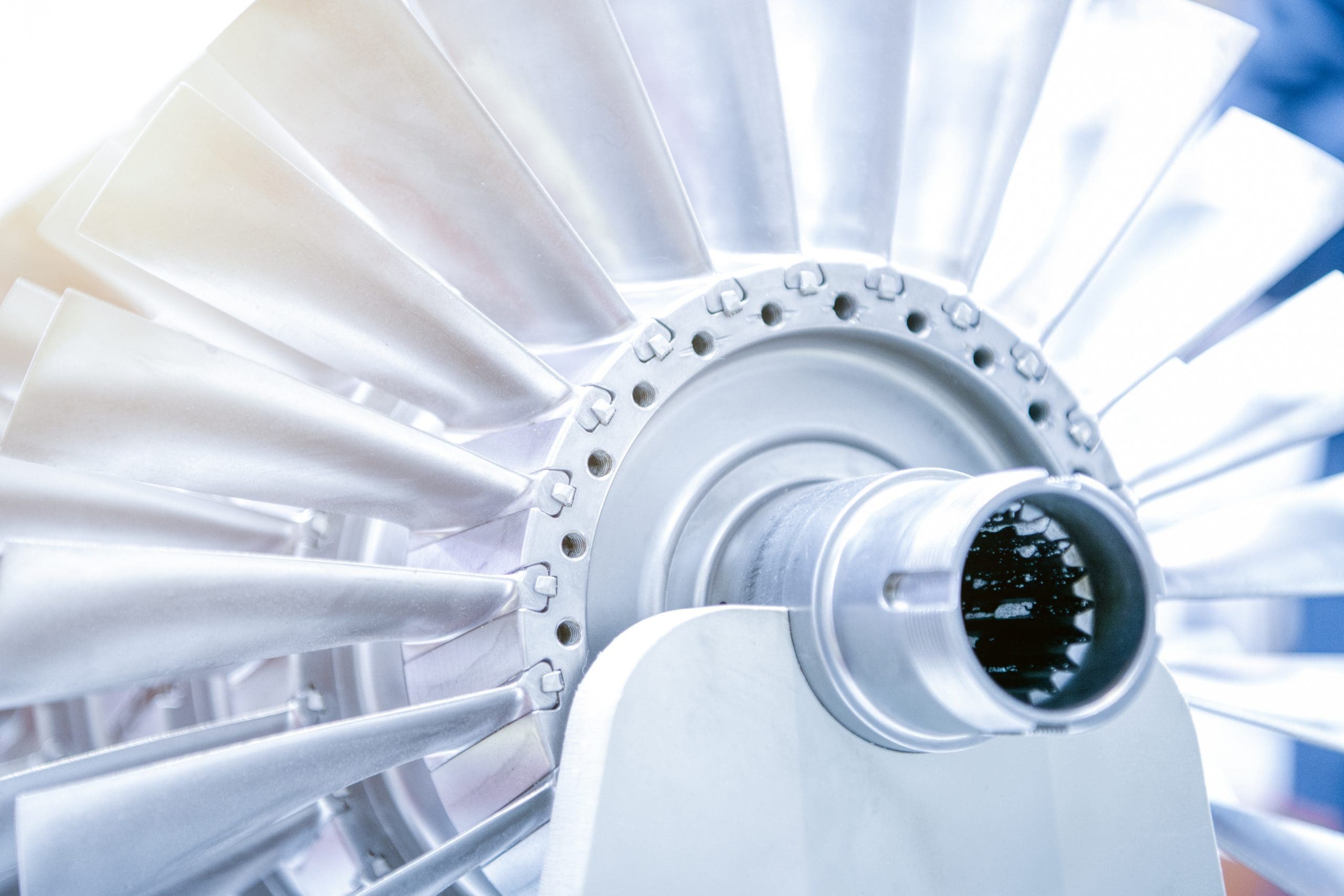
Cold spray technology has been adopted successfully and has achieved its expected results consistently. The aerospace industry is now in a position to take advantage of the benefits that this technology promises.
VRC Metal Systems has the cold spray technology to fit nearly any application, whether you service aircraft or need a repair on your production line. Our systems help you gain more life from your machines quickly, efficiently, and professionally. We can customize your application with our superior knowledge and experience. We provide leading-edge equipment that helps you repair, protect, or restore what makes your business run.
We adapt to various applications and strategize the best cold spray solutions for your pre-requisites.
Contact us today to learn how cold spray can revolutionize your operation.


